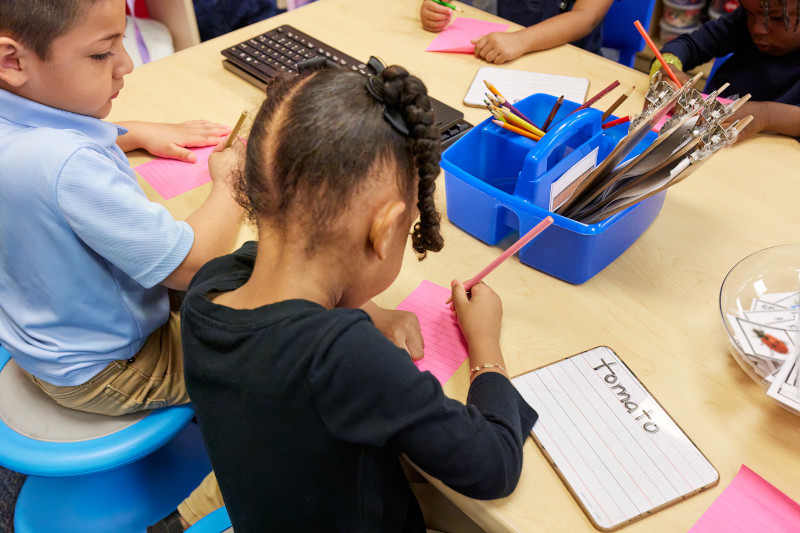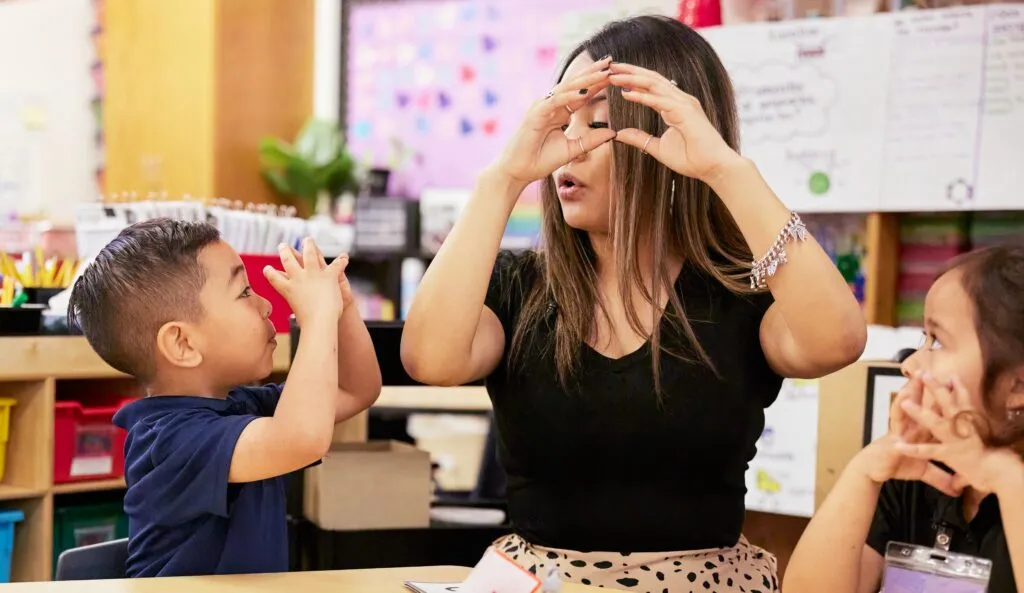The Science of Reading: Seven Common Myths


The science of reading seems to be everywhere these days. States and school districts all over the country are actively working to ensure their curriculum, materials, and strategies are aligned with the science of reading.
Unfortunately, many early childhood educators feel they have not yet learned enough about this important topic, leading to a great deal of confusion about what this research means for preschool and pre-K programs. Let’s shed some light on the subject by reviewing seven common myths about the science of reading.
Myth #1: The science of reading is a product that you can purchase.
It is not. Reading curricula can be grounded in the findings of the science of reading, but “the science of reading” itself is not a product. It is, rather, a collection of multidisciplinary research findings about how humans learn to read.
Myth #2: The science of reading identifies one specific best curriculum for teaching reading.
It does not. Instead, the science of reading demonstrates that effective reading comprises five essential categories of literacy learning. They are often called the five pillars of literacy. They are phonemic awareness, phonics skills and word recognition, fluency, vocabulary, and comprehension.
Myth #3: The science of reading identifies a specific intervention strategy for supporting children who struggle to learn to read.
It does not. Instead, it identifies and describes essential aspects of an effective literacy program, which can make learning to read easier for all children, including multilingual learners and children with differing abilities.
Myth #4: The science of reading says that phonics skills are the lone important component of effective reading instruction.
It does not. While explicit instruction in phonics is one essential element of an effective reading program, phonics instruction alone is not enough. In fact, phonics instruction is effective only after a child has already been successful in developing a base of earlier-developing oral language skills, such as the ability to notice, discriminate, and manipulate phonemes (the individual sounds of spoken language).
Myth #5: The science of reading says that preschool and prekindergarten programs should adopt phonics-heavy reading instruction.
It does not. Again, phonics instruction is effective only after children have had a great deal of experience developing phonological awareness skills, which are important abilities related to recognizing and manipulating the spoken parts of words, including syllables, onset-rime, and phonemes. In a comprehensive, child-centered curriculum, activities help children play with these pre-reading skills in developmentally appropriate ways.
Myth #6: The science of reading is derived entirely from brain-based (medical) research while discounting practical evidence from classrooms and testimonial evidence from teachers, students, and families.
It is not. Neuroscience is an important aspect of the body of research known as the science of reading, but researchers around the world have studied the effects and outcomes of a wide variety of instructional approaches, the findings of which are also important components of the science of reading.
Myth #7: The science of reading has laid to rest, once for all, research into and discussion about how to best teach children to read.
It has not. Researchers continue to study the brain and the effects of various curricula, materials, and instructional strategies. The science of reading will therefore continue to evolve.
Sometimes, learning what a thing is not can be as informative as learning what it is. This statement is certainly true when it comes to understanding the science of reading, as teachers and leaders work to ensure that they are intentionally helping all children come to know the joys and benefits of a lifetime of literacy.

Embrace the Science of Reading in Your Program
Based on more than four decades of research and educator feedback, The Creative Curriculum for Pre-K promotes play-based, whole-child skill development and includes explicit, daily instruction backed by the science of reading to build pre-reading skills and nurture a love of reading.



